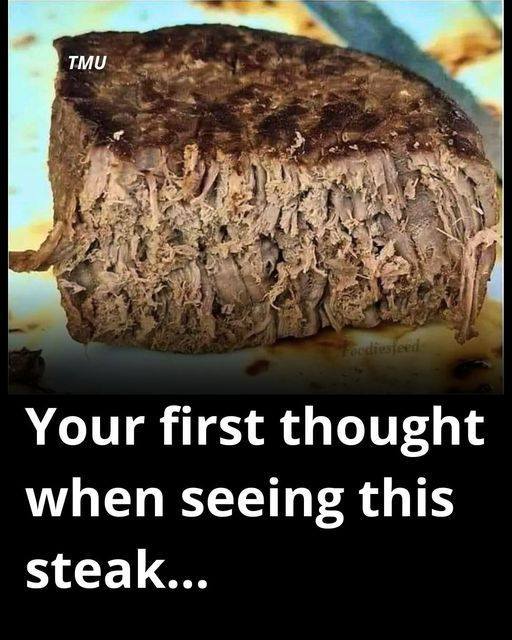Delving into the Juicy Steak: An In-Depth Look at a Gourmet Delight
Why Resting is Essential
Once you’ve finished cooking the steak, it’s tempting to dive right in, but patience is key. Allowing the steak to rest for a few minutes is crucial as it enables the juices to redistribute throughout the meat.
Cutting into the steak too soon causes all the flavorful juices to run out, resulting in a drier bite. Resting also helps the internal temperature of the steak even out, ensuring each slice is consistently juicy and tender.
In conclusion, mastering the art of cooking steak requires attention to detail—from selecting a well-marbled cut to perfecting the sear, and finally, allowing the meat to rest. These techniques ensure that each steak you prepare will showcase the rich flavor and tender texture that make it a true gourmet delight.
The Perfect Cut: Choosing Your Steak
Selecting the right cut of steak is the foundation of a great meal. Here are some popular options:
Ribeye: Known for its rich marbling, the ribeye is incredibly flavorful and remains tender when cooked. Its fat content contributes to a juicy, satisfying bite.
Filet Mignon: This cut is incredibly tender and lean, making it a favorite for those who prefer a melt-in-your-mouth experience. While it has less fat than other cuts, it’s often paired with sauces or butters to enhance flavor.
New York Strip: With a good balance of tenderness and flavor, the New York strip is well-marbled and offers a robust beefy taste. It’s an excellent choice for grilling.
T-bone: This steak combines two cuts in one—part tenderloin and part strip. It provides the best of both worlds and is perfect for those who can’t decide between cuts.
The Searing Technique
Searing is essential for developing a flavorful crust on your steak. Here’s how to do it right:
Preheat Your Pan: Whether using a cast-iron skillet or a grill, ensure it’s hot before adding the steak. A high temperature is vital for a good sear.
Oil and Season: Lightly coat the steak with oil and season generously with salt and pepper. The seasoning enhances the flavor and aids in creating that desired crust.
Don’t Move It Too Soon: Place the steak in the pan and let it sear without moving it for a few minutes. This helps to develop a nice, caramelized crust. Flip it only once for even cooking.
Monitoring Doneness
Using a meat thermometer is the most reliable way to check doneness. Here are the key temperature ranges:
Rare: 120°F – 125°F (cool red center)
Medium Rare: 130°F – 135°F (warm red center)
Medium: 140°F – 145°F (pink center)
Medium Well: 150°F – 155°F (slightly pink)
Well Done: 160°F and above (no pink)
Remember, the steak will continue to cook slightly while resting, so it’s best to remove it from the heat just before it reaches your target temperature.
Enhancing Flavor with Sauces and Sides
Enhancing Flavor with Sauces and Sides
While a perfectly cooked steak can stand alone, pairing it with complementary flavors can elevate the dish:
Sauces: Consider a red wine reduction, béarnaise, or chimichurri to add richness and complexity.
Sides: Classic accompaniments like garlic mashed potatoes, grilled asparagus, or a fresh arugula salad balance the meal beautifully.
The Final Touch: Presentation
A well-presented steak can enhance the dining experience. Slice against the grain for tenderness, and arrange it on a warm plate. Drizzle with sauce or garnish with fresh herbs for an appealing finish.
Conclusion
Creating a gourmet steak experience involves more than just cooking; it’s about understanding the nuances of selecting, preparing, and serving this delightful dish. From choosing the right cut and mastering the sear to allowing it to rest and pairing it with complementary flavors, each step plays a vital role in achieving steak perfection. Enjoying the fruits of your labor—each juicy, flavorful bite—truly makes the effort worthwhile.

